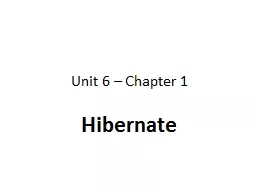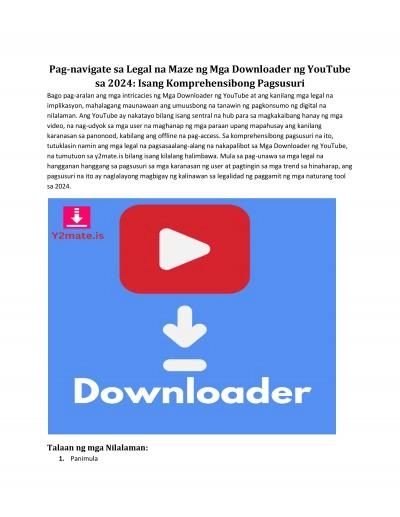PPT-The Easiest Way To Learn Hibernate: YouTube Videos and the
Author : kittie-lecroy | Published Date : 2016-05-05
httpwwwtheserversidecomdiscussionsthreadtssthreadid60191 httpwwwallapplabscomhibernategettingstartedwithhibernatehtm httpstackoverflowcomquestions2880206javabeginnerwantstolearnhibernate
Presentation Embed Code
Download Presentation
Download Presentation The PPT/PDF document "The Easiest Way To Learn Hibernate: YouT..." is the property of its rightful owner. Permission is granted to download and print the materials on this website for personal, non-commercial use only, and to display it on your personal computer provided you do not modify the materials and that you retain all copyright notices contained in the materials. By downloading content from our website, you accept the terms of this agreement.
The Easiest Way To Learn Hibernate: YouTube Videos and the: Transcript
Download Rules Of Document
"The Easiest Way To Learn Hibernate: YouTube Videos and the"The content belongs to its owner. You may download and print it for personal use, without modification, and keep all copyright notices. By downloading, you agree to these terms.
Related Documents












![[eBOOK]-Just Hibernate: A Lightweight Introduction to the Hibernate Framework](https://thumbs.docslides.com/973093/ebook-just-hibernate-a-lightweight-introduction-to-the-hibernate-framework.jpg)

